Moldova
Welcome to Moldova
Tucked between Romania and Ukraine, Moldova is a country that quietly defies expectations. Often overshadowed by its neighbors and bypassed by mainstream tourism, this small Eastern European nation rewards those who venture off the beaten path with a rich tapestry of history, culture, and natural beauty. Moldova’s charm lies in its authenticity-here, you’ll find bustling markets, rolling vineyards, medieval monasteries, and a warm, welcoming spirit that makes every visitor feel like a guest of honor.
Moldova is one of Europe’s least-visited countries, welcoming just over 300,000 travelers each year. This relative obscurity is part of its appeal: Moldova remains largely untouched by mass tourism, preserving traditions and landscapes that have disappeared elsewhere. The country is characterized by its undulating hills, fertile plains, and dense forests, all of which provide a picturesque backdrop to rural villages and vibrant cities alike. The capital, Chisinau, is a fascinating blend of Soviet-era architecture, leafy boulevards, and a lively café culture. Beyond the city, you’ll discover ancient fortresses, cave monasteries, and some of the world’s largest wine cellars.
Despite being one of the poorest countries in Europe, Moldova’s people are known for their warmth and hospitality. The local cuisine is hearty and flavorful, drawing on Romanian, Russian, and Turkish influences, while the wine-deeply rooted in a tradition dating back thousands of years-is a source of national pride. Moldova’s complex history is visible everywhere, from the Orthodox churches that dot the countryside to the Soviet monuments of Tiraspol in the breakaway region of Transnistria.
Whether you’re a history buff, a nature lover, or a wine enthusiast, Moldova offers a unique and affordable travel experience that’s both enriching and memorable.
Why Visit Moldova?
1.
- Experience Authentic Europe: Moldova offers a rare glimpse into a Europe that has largely vanished elsewhere. Here, you can wander through tranquil villages, explore bustling markets, and witness traditions that have been preserved for generations. The lack of mass tourism means you’ll often have attractions to yourself and enjoy genuine interactions with locals.
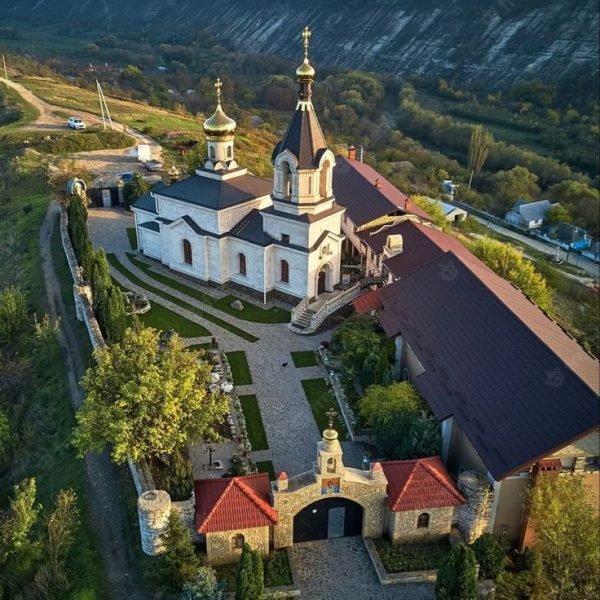
2.
- Discover a Wine Lover’s Paradise: Moldova is home to some of the oldest winemaking traditions in the world. The country’s vast underground wine cellars-such as those at Cricova and Milestii Mici-are legendary, and the rolling vineyards of regions like Purcari and Codru offer tastings that rival those of Western Europe, but at a fraction of the price.

Planning Your Trip
Visa Information
Moldova has made travel relatively straightforward for many visitors. Citizens of the European Union, the United States, Canada, the United Kingdom, and several other countries can enter Moldova visa-free for short stays, typically up to 90 days within a 180-day period. Upon arrival, you may be asked to present proof of onward travel, accommodation details, and sufficient funds for your stay. Your passport should be valid for at least three months beyond your planned departure date.
For travelers from countries that do require a visa, the process is generally straightforward. Applications can be submitted online through Moldova’s eVisa portal or at Moldovan embassies and consulates. Required documents usually include a completed application form, a valid passport, passport-sized photos, proof of accommodation, travel insurance, and a travel itinerary. Processing times vary, so it’s advisable to apply well in advance of your intended travel date.
If you plan to visit the breakaway region of Transnistria, you do not need a separate visa, but you will be required to register with local authorities upon arrival. Keep your migration card safe, as you may need to present it when leaving the region.
Best Time to Visit
Moldova experiences a temperate continental climate, with four distinct seasons. The best time to visit depends on your interests and preferred activities, but generally, spring (April to June) and autumn (September to October) are considered the most pleasant periods for travel.
Spring (March to May):
Spring in Moldova is a time of renewal. Temperatures are mild, ranging from 15°C to 20°C, and the countryside bursts into color with blooming wildflowers. This is an excellent season for hiking, cycling, and exploring Moldova’s picturesque villages and parks. Tourist crowds are minimal, making it ideal for those seeking a quiet, authentic experience.
Summer (June to August):
Summer brings warm, sunny days, with average highs between 25°C and 30°C. This is peak season for festivals, open-air events, and vineyard tours. June and July are particularly lively, though they can also be the wettest months, so pack a raincoat just in case. While summer is busier, Moldova remains less crowded than many European destinations, and you’ll still find plenty of space to explore.
Autumn (September to October):
Autumn is a highlight for wine lovers. The grape harvest takes place in September and October, accompanied by vibrant wine festivals and cultural celebrations. The weather is pleasantly cool (around 20°C to 25°C), and the landscape is painted with golden foliage. This is the perfect time to visit Moldova’s renowned wineries and enjoy the country’s culinary traditions.
Winter (November to February):
Winters are cold, with temperatures often dropping below freezing. While this is the quietest season for tourism, it offers a unique charm, especially in Chisinau and other cities where you can enjoy cozy cafés and traditional Moldovan cuisine. Winter is best for those seeking solitude and lower prices.
Seasonal Highlights Table
Season | Weather | Activities & Events | Crowds |
Spring | 15–20°C, mild | Wildflowers, hiking, rural exploration | Low |
Summer | 25–30°C, warm | Festivals, vineyard tours, outdoor events | Moderate |
Autumn | 20–25°C, cool | Wine harvest, festivals, colorful scenery | Moderate |
Winter | -3–5°C, cold | City sightseeing, cozy dining | Low |
Getting To and Around
Getting to Moldova
By Air:
The main international gateway is Chisinau International Airport, located about 13 kilometers from the capital. The airport is served by several European airlines, with direct flights from cities such as London, Paris, Istanbul, Vienna, and Bucharest. From the airport, taxis and shuttle buses provide easy access to the city center.
By Train:
Moldova is connected by rail to neighboring countries, including Romania and Ukraine. Trains from Bucharest to Chisinau are a popular option, offering overnight journeys with sleeper compartments. While train travel is slower than flying, it provides a scenic and comfortable way to arrive.
By Bus:
International bus routes link Moldova with Romania, Ukraine, and other parts of Eastern Europe. Buses are frequent, affordable, and a good choice for budget travelers. The main bus station in Chisinau handles most international and domestic routes.
By Car:
Driving into Moldova is possible from Romania or Ukraine. Roads are generally in fair condition, but some rural areas may be less well maintained. Ensure you have the necessary insurance and vehicle documents, and be prepared for border checks.
Getting Around Moldova
Public Transport:
Moldova’s cities and towns are well-served by public transportation. In Chisinau, you’ll find an extensive network of buses, trolleybuses, and minibuses (known locally as “marshrutkas”). Tickets are inexpensive and can be purchased onboard. For intercity travel, buses and minibuses connect most destinations efficiently.
Trains:
The national rail network is limited but covers key routes, including Chisinau to Bender, Ungheni, and Ocnita. Trains are slow but scenic and offer an authentic travel experience.
Taxis and Ride-Sharing:
Taxis are widely available in urban areas and are relatively affordable. It’s best to use reputable companies or ride-hailing apps to avoid misunderstandings over fares. Always agree on a price or ensure the meter is running before setting off.
Car Rental:
Renting a car is an excellent way to explore Moldova’s countryside, wineries, and remote villages at your own pace. Rental agencies operate in Chisinau and at the airport. Roads are generally good, but driving standards may differ from what you’re used to, so exercise caution.
Cycling:
Moldova’s rolling hills and scenic byways make it a rewarding destination for cyclists. Bike rentals are available in Chisinau, and many rural guesthouses cater to cycling travelers.
Traveling to Transnistria:
If you plan to visit the breakaway region of Transnistria, you can travel by bus, train, or car from Chisinau. Be prepared for additional border checks and registration procedures.
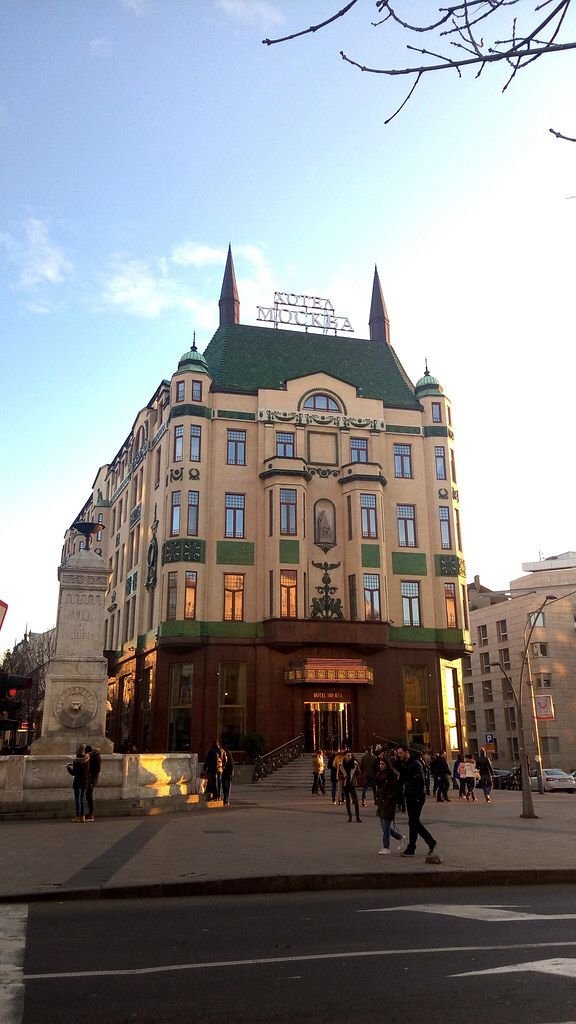
Accommodation
Moldova’s accommodation scene has grown significantly in recent years, especially in the capital city, Chisinau, which serves as the main hub for travelers. Whether you prefer luxury hotels, cozy boutique stays, budget hostels, or self-catering apartments, Moldova has something to offer.
Luxury and Boutique Hotels
For travelers seeking comfort and elegance, Chisinau boasts several high-end hotels with modern amenities and excellent service. The Radisson Blu Leogrand Hotel is a standout, centrally located with spacious, well-decorated rooms, a rooftop bar with panoramic city views, a spa, and business facilities. Guests praise its impeccable cleanliness and cozy atmosphere.
Another notable option is the Bernardazzi Grand Hotel & Spa, known for its elegant rooms, antique car display, and luxury spa services. It is also conveniently located near parks and dining spots, making it ideal for both leisure and business travelers.
The GREGORY Boutique Hotel offers a more intimate experience with luxurious rooms that provide stunning city views. This boutique hotel is praised for its helpful English-speaking staff, complimentary upgrades, and quality breakfast buffet.
Mid-Range and Family-Friendly Hotels
For travelers on a moderate budget, hotels like City Park Hotel and Klassik Hotel provide comfortable, clean rooms in excellent locations. These hotels combine affordability with good service and are often within walking distance of major attractions such as the Triumphal Arch and Nativity Cathedral.
Self-Catering Apartments and ApartHotels
Backpackers and budget-conscious travelers will find a growing number of hostels in Chisinau. The Amazing Ionika Hostel, for example, is popular for its friendly atmosphere, communal kitchen, and proximity to the city center. Hostels often provide dormitory-style rooms as well as private rooms, making them a flexible option for solo travelers and groups alike.
Accommodation Outside Chisinau
While most visitors stay in the capital, Moldova’s countryside also offers charming guesthouses and small hotels, especially in wine regions like Purcari or near the Orheiul Vechi archaeological complex. These lodgings often provide a more authentic and tranquil experience, with opportunities to connect with local culture and nature.
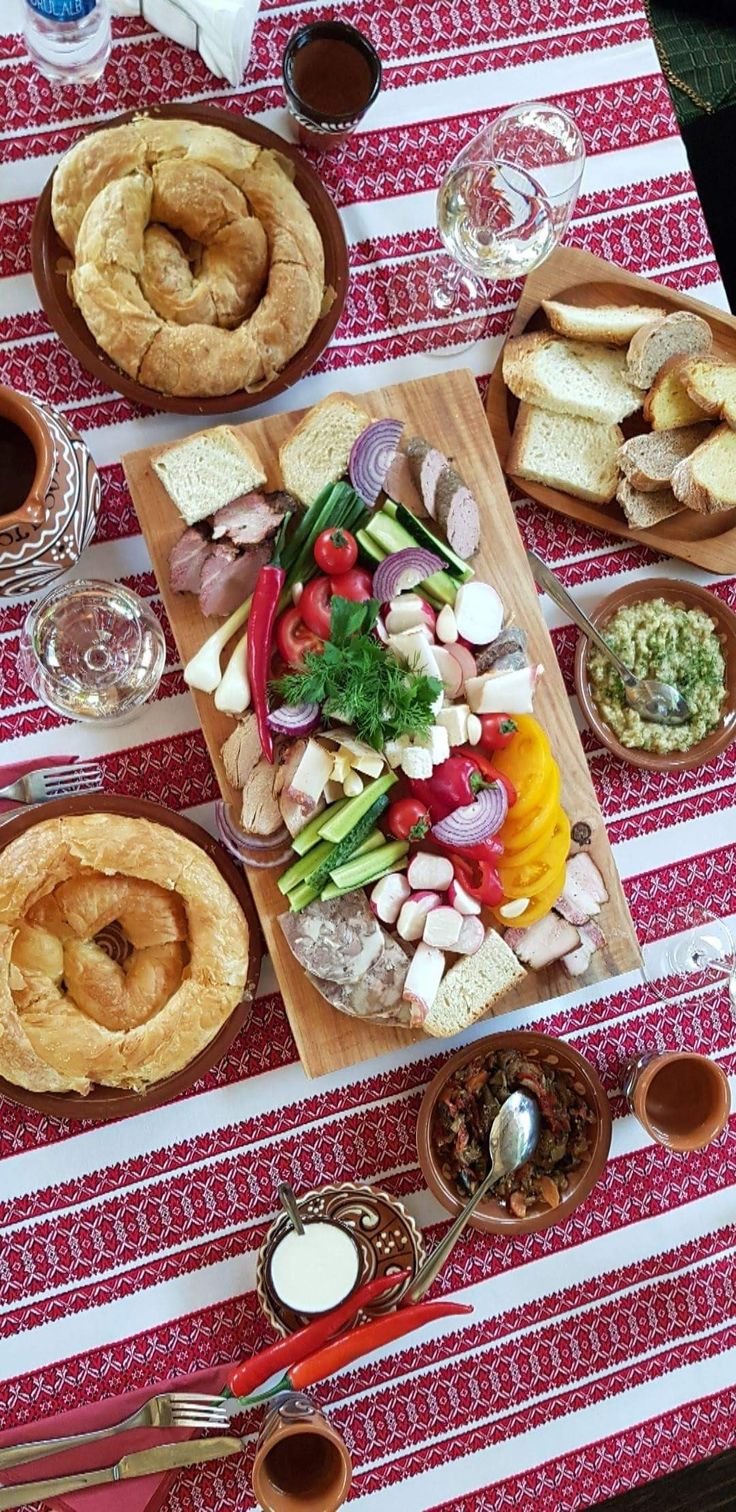
Food and Drink
Moldovan cuisine is a delightful reflection of the country’s history and geography, blending Romanian, Ukrainian, Russian, and Balkan influences. It is hearty, flavorful, and centered around fresh, locally sourced ingredients. Food lovers will find Moldova a rewarding destination, with traditional dishes and excellent wines to discover.
Traditional Moldovan Dishes
- Mamaliga: A staple in Moldovan cuisine, mamaliga is a thick cornmeal porridge often served as a side dish or base for stews. It is similar to Italian polenta and is typically accompanied by sour cream, cheese, or meat.
- Sarmale: These are cabbage rolls stuffed with a mixture of minced pork or beef, rice, and spices, cooked slowly in a tomato-based sauce. Sarmale is a festive dish commonly enjoyed during holidays and family gatherings.
- Placinta: A savory or sweet pastry, placinta can be filled with cheese, potatoes, cabbage, apples, or cherries. It is crispy on the outside and soft inside, perfect as a snack or light meal.
- Zeama: A traditional chicken soup flavored with fresh herbs and homemade noodles, zeama is comforting and widely loved across Moldova.
- Mititei: Grilled ground meat rolls seasoned with garlic and spices, mititei are a popular street food and barbecue favorite.
Dining Experiences
In Chisinau, you’ll find a mix of traditional Moldovan restaurants and modern eateries offering international cuisine. Many restaurants serve dishes made from seasonal ingredients, and some incorporate contemporary twists on classic recipes. Dining out is generally affordable, with generous portions and warm hospitality.
For a truly local experience, visit markets such as Piata Centrala in Chisinau, where you can sample fresh cheeses, cured meats, homemade pickles, and freshly baked bread. Street vendors and small cafés offer quick bites like pastries and coffee, perfect for a casual snack.
Moldovan Wine and Drinks
Moldova is renowned for its winemaking heritage, one of the oldest in the world. The country’s vineyards produce a variety of wines, including reds, whites, and sparkling varieties. Wine tasting is a must-do activity, with famous wineries like Cricova and Milestii Mici offering tours of their vast underground cellars and tastings of premium vintages.
Local wines such as Fetească Neagră (a red grape variety) and Rara Neagră are celebrated for their unique flavors. Many restaurants and wine bars in Chisinau feature extensive wine lists showcasing Moldova’s best labels.
In addition to wine, Moldovans enjoy traditional spirits like divin, a type of brandy aged for several years, and țuică, a plum brandy often homemade and served as a welcome drink.
Coffee and Desserts
Coffee culture is vibrant in Moldova, with numerous cafés offering rich espresso, cappuccino, and local specialties. For dessert, try cozonac, a sweet bread filled with nuts, raisins, and cocoa, especially popular during holidays. Another favorite is papanași, fried doughnuts filled with sweet cheese and topped with sour cream and jam.
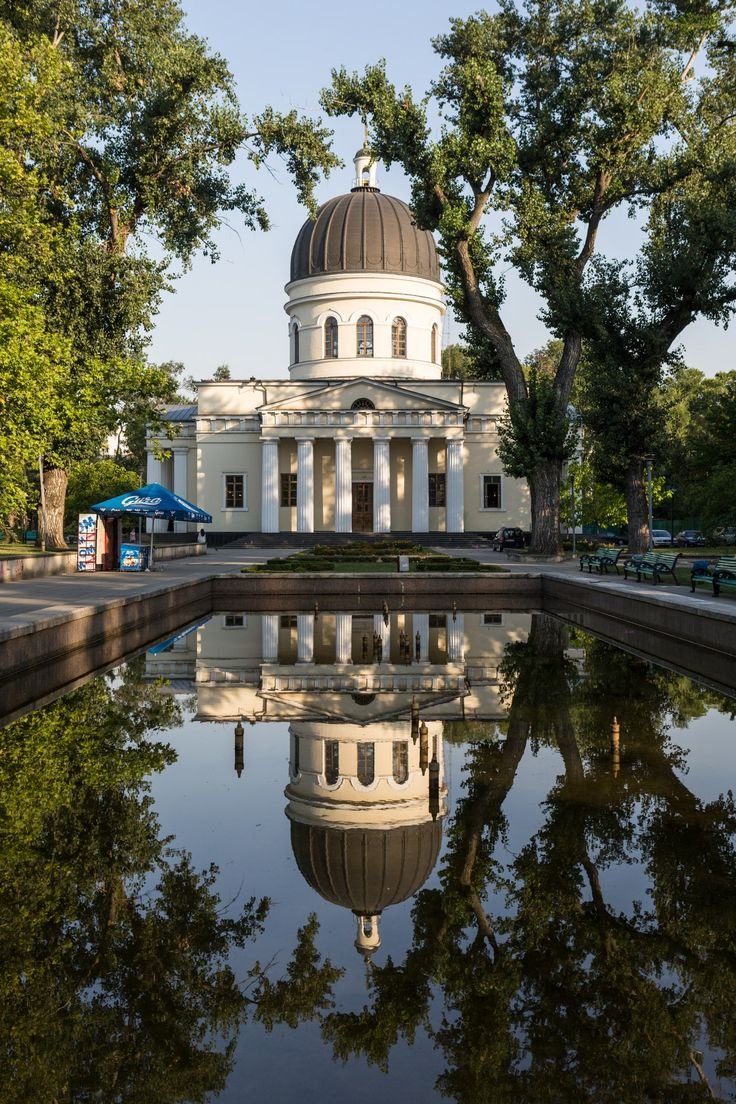
Must-See Attractions
- Cricova Winery
One of Moldova’s most famous landmarks, Cricova Winery is a vast underground labyrinth stretching over 120 kilometers, housing millions of bottles of wine. Visitors can take guided tours through the subterranean cellars, learning about Moldova’s rich winemaking tradition and tasting some of the finest local wines. The unique setting, with its vaulted tunnels and historic wine collections, makes Cricova a must-visit for wine enthusiasts and curious travelers alike. - Old Orhei (Orheiul Vechi)
This archaeological and historical complex is one of Moldova’s most spectacular sites. Situated about 60 kilometers from Chisinau, Old Orhei combines natural beauty with cultural heritage. The site features ancient cave monasteries carved into limestone cliffs, medieval ruins, and a museum that narrates the region’s complex history spanning over two millennia. Visitors can hike along scenic trails overlooking the Răut River gorge, explore monastic cells, and enjoy panoramic views of the surrounding countryside. - Bendery Fortress
Located in the city of Bender (Tighina), this 16th-century fortress is a well-preserved example of medieval military architecture. Built by the Ottoman Empire to defend against Tatar invasions, the fortress’s thick walls, towers, and ramparts offer a glimpse into Moldova’s turbulent past. Exploring Bendery Fortress allows visitors to step back in time and appreciate its strategic importance and historical significance. - Soroca Fortress
In northern Moldova, the Soroca Fortress stands as a symbol of defense against invaders. Constructed in the 15th century by Transylvanian masons, the fortress is remarkably well-preserved and features imposing walls and round towers. Its location on the Dniester River offers beautiful views and a chance to learn about the region’s medieval history. - Tipova Monastery
Hidden in the cliffs by the Dniester River, Tipova Monastery is a remarkable cave monastery complex consisting of three main churches carved into the rock. It is one of the largest cave monasteries in Eastern Europe and remains an active religious site. The peaceful atmosphere and nearby waterfall add to the spiritual and natural appeal of this remote destination. - Dendrarium Park and Valea Morilor Park (Chisinau)
For a relaxing day in the capital, these parks offer lush greenery, walking paths, and beautiful lakes. Dendrarium Park is akin to a botanical garden with diverse flora, while Valea Morilor Park features a lake with a cascade of stairs leading to a rotunda, perfect for leisurely strolls and picnics. - Capriana Monastery and Curchi Monastery
These historic monasteries are important centers of Moldovan Orthodox spirituality and architecture. Capriana Monastery, one of the oldest in the country, is set in a serene forested area, while Curchi Monastery is known for its striking red-and-white facade and tranquil surroundings. - Transnistria and Tiraspol
For an unusual experience, visit the breakaway region of Transnistria. The city of Tiraspol retains a strong Soviet-era atmosphere, with monuments to Lenin, Soviet-style architecture, and military museums. It offers a fascinating glimpse into a frozen moment in history and a unique cultural experience. - National Museum of History of Moldova and Pushkin House Museum (Chisinau)
History buffs will appreciate these museums for their rich collections. The National Museum offers insights into Moldova’s past from ancient times to modern days, while the Pushkin House Museum celebrates the time the famous Russian poet spent in Chisinau.
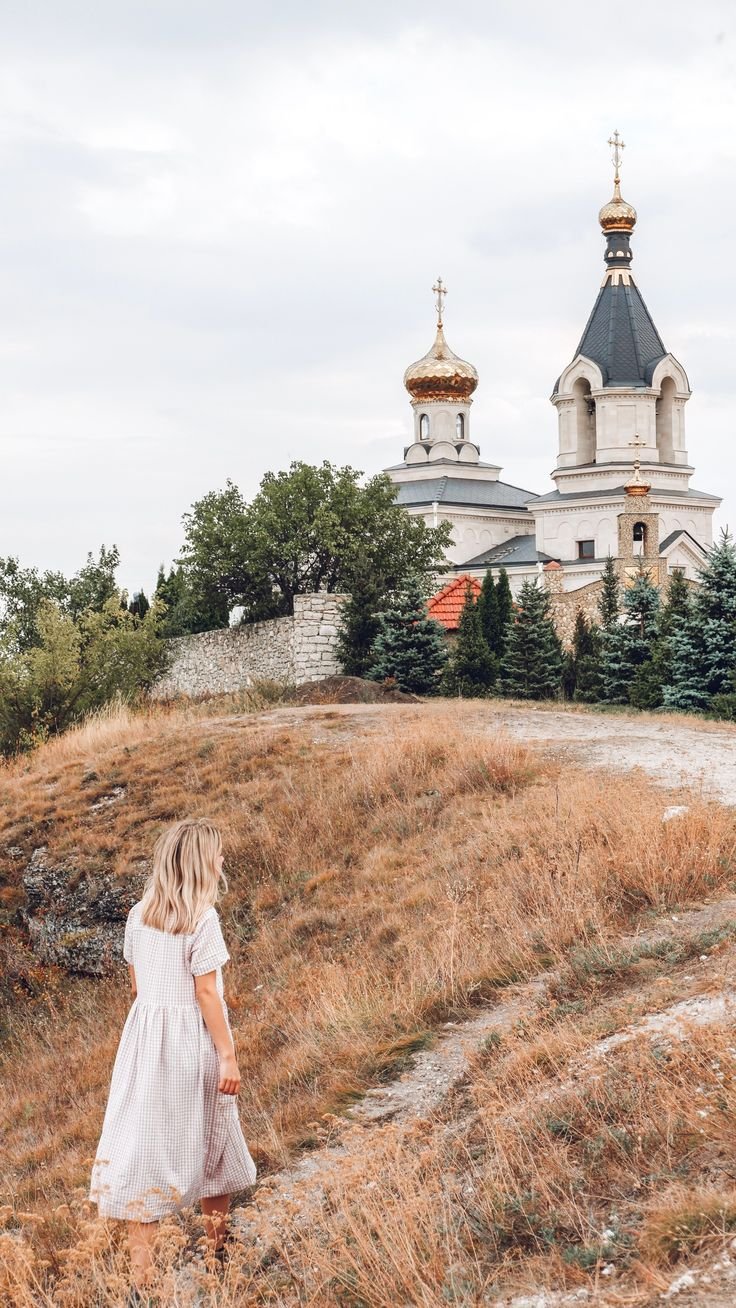
Must-Do Activities
- Wine Tasting and Winery Tours
Moldova’s wine culture is world-renowned, and visiting wineries is a quintessential activity. Besides Cricova, the Milestii Mici winery boasts the largest wine cellar in the world, with over 200 kilometers of underground galleries. Vineyards in Purcari and Codru regions offer tastings of exquisite local varieties like Fetească Neagră and Rara Neagră. Participating in wine tours and festivals during the harvest season (September-October) is a highlight for many visitors. - Hiking and Nature Exploration
Moldova’s varied landscapes provide excellent opportunities for hiking and outdoor adventure. The newly developed 156 km hiking route in northwestern Moldova connects natural wonders such as the Duruitoarea Veche Grotto, Fetești Gorge (nicknamed “Little Switzerland”), and Brînzeni Gorge. These trails wind through dramatic limestone formations, forests, and river valleys, perfect for day hikes or cycling. - Explore the Old Orhei Complex
Spend a day wandering through the Old Orhei archaeological site, hiking the trails, visiting the cave monasteries, and learning about the ancient civilizations that inhabited the area. The combination of cultural heritage and stunning natural scenery makes this a must-do experience. - Visit Monasteries and Spiritual Sites
Tour the cave monasteries of Tipova and Saharna, and the forested monasteries of Capriana and Curchi. These sites offer peaceful retreats, beautiful architecture, and a chance to witness Orthodox religious traditions. - Discover Chisinau’s Cultural and Nightlife Scene
Explore Chisinau’s museums, parks, and historic landmarks during the day, then enjoy the city’s vibrant café culture and nightlife after sunset. The Stefan cel Mare Central Park, Triumphal Arch, and Nativity Cathedral are key sights, while local bars and restaurants offer live music and Moldovan hospitality. - Visit the Fortress Towns of Soroca and Bendery
Tour the impressive medieval fortresses and learn about their historical roles. Both towns offer charming streets, local markets, and river views that add to the experience. - Attend Local Festivals and Markets
If your visit coincides with local festivals-especially wine festivals during autumn-you’ll enjoy traditional music, dance, crafts, and culinary delights. Markets like Piata Centrala in Chisinau provide an authentic taste of Moldovan daily life and fresh local produce. - Explore Transnistria
For a unique and offbeat adventure, take a day trip to Transnistria. Explore Tiraspol’s Soviet monuments, museums, and local cafés to experience a different side of Moldova’s history and culture.
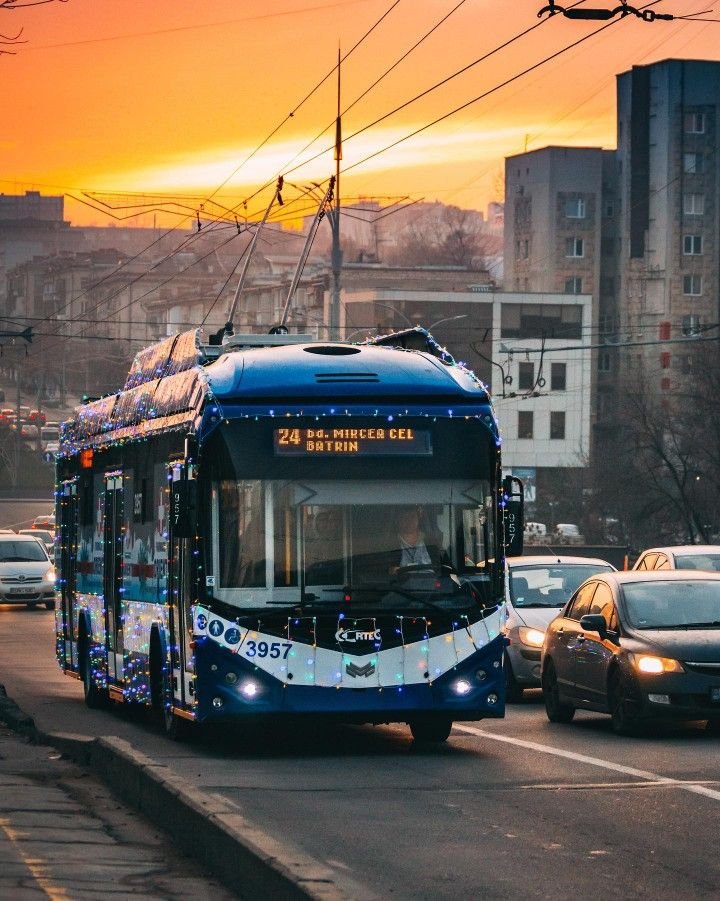
Travel Tips
Traveling to Moldova in 2025 offers a unique opportunity to explore one of Europe’s most authentic and welcoming destinations. To ensure a smooth and enjoyable experience, it’s essential to be aware of safety considerations, understand local customs, and familiarize yourself with the basics of the language. Here’s a comprehensive guide to help you navigate Moldova with confidence and respect.
Safety Advice
Moldova is generally a safe country for travelers, with low rates of violent crime and a friendly, hospitable population. However, like any destination, some precautions will help you stay secure and avoid common pitfalls.
- Stay Alert in Urban Areas: While Chisinau and other cities are relatively safe, petty crime such as pickpocketing and bag snatching can occur, especially in crowded places like markets, public transport, and tourist hotspots. Keep your belongings secure, avoid flashing valuables, and remain vigilant in busy areas.
- Use Licensed Taxis: When traveling by taxi, always use licensed companies or ride-hailing apps where available. Agree on the fare beforehand or ensure the meter is running to avoid overcharging, especially for tourists.
- Avoid Political Demonstrations: Moldova occasionally experiences political protests, particularly in Chisinau. It’s best to avoid any demonstrations or large gatherings, as these can sometimes turn unpredictable.
- Be Cautious Near the Transnistria Border: The breakaway region of Transnistria has a complex political status and a militarized border area. While many tourists visit Tiraspol without incident, it’s important to follow local regulations, carry your identification documents, and avoid photographing military installations or border checkpoints.
- Health and Emergency Services: Moldova’s healthcare system is basic outside major cities. Travelers should have comprehensive travel insurance and carry any necessary medications. Emergency services can be reached by dialing 112.
- Road Safety: Roads in Moldova vary in quality. Exercise caution when driving, especially in rural areas where road conditions may be poor and lighting limited at night. Always wear seat belts and avoid driving under the influence.
Local Customs
Moldovan culture is deeply rooted in hospitality, respect, and tradition. Understanding local customs will enrich your interactions and help you avoid inadvertent offenses.
- Hospitality is Paramount: Moldovans are famously warm and generous hosts. If invited to someone’s home, it is customary to bring a small gift such as flowers, sweets, or wine. Refusing food or drink offered by your host, especially on the first offer, may be considered impolite. Enjoying the meal and complimenting the host is appreciated.
- Dress Code: Moldovans tend to dress smartly, especially in urban areas. When visiting churches or monasteries, dress modestly-covering shoulders and knees-and remove hats. For business or formal occasions, conservative attire is expected.
- Greetings: A firm handshake with direct eye contact is the standard greeting in formal or initial meetings. Among close friends and family, greetings may include a hug or a kiss on each cheek. Address people with respect, using titles and surnames unless invited to use first names.
- Respect for Elders: Showing respect to older people is important. Stand when an elder enters the room and offer your seat if needed.
- Gift Giving: In business and social settings, gift giving is a valued tradition. Thoughtful gifts that represent your home country or culture are well received. Avoid overly expensive or ostentatious gifts, as modesty is appreciated.
- Table Manners: Meals are social occasions often accompanied by wine or brandy. Toasting is common, and it’s polite to raise your glass and make eye contact when someone toasts you. Use utensils properly and keep your hands visible on the table.
- Public Behavior: Loud or aggressive behavior is frowned upon. Moldovans value politeness and calmness in conversation. Avoid discussing sensitive topics such as politics or the status of Transnistria unless you know your company well.
- Superstitions and Traditions: Moldovans observe various customs, especially related to religious holidays. For example, certain activities like sewing or cleaning are avoided on specific days out of respect for tradition. When visiting during Easter or other holidays, you may witness unique rituals involving food and candle lighting at cemeteries.
Language Basics
The official language of Moldova is Romanian, which is spoken by the majority of the population. Russian is also widely used, especially among older generations and in the breakaway region of Transnistria. Learning a few key phrases in Romanian will be appreciated and can enhance your experience.
Common Romanian Phrases:
- Hello: Bună ziua (BOO-nuh ZEE-wah)
- Good morning: Bună dimineața (BOO-nuh dee-mee-NYA-tsa)
- Good evening: Bună seara (BOO-nuh SEH-rah)
- Please: Vă rog (vuh ROG)
- Thank you: Mulțumesc (mool-tsoo-MESK)
- Yes: Da (dah)
- No: Nu (noo)
- Excuse me / Sorry: Scuzați-mă (skoo-ZAHTS-muh)
- Do you speak English?: Vorbiți engleză? (VOR-beets en-GLEH-zuh)
- How much does it cost?: Cât costă? (kut KOS-tuh)
- Where is…?: Unde este…? (OON-deh YES-teh)
- Help!: Ajutor! (ah-zhoo-TOR)
In many tourist areas and in the capital, younger people and service staff often speak some English, but this is less common in rural areas. A phrasebook or translation app can be very useful.
Final Tips for a Smooth Journey
Additional Practical Tips
- Respect Personal Space: Moldovans tend to stand closer during conversations than some Westerners might be used to. Maintain eye contact and be open to friendly gestures, but respect personal boundaries.
- Punctuality: While social meetings may start a bit late, punctuality is valued in business settings. Arriving on time shows respect.
- Photography: Always ask permission before photographing people, especially in rural areas or religious sites. Avoid taking pictures of military or government buildings.
- Tipping: Tipping is customary in restaurants and for taxi drivers, usually around 10%. It is appreciated but not mandatory.
- Cash is King: While credit cards are accepted in many places, especially in Chisinau, cash is still preferred in markets, smaller shops, and rural areas.
Summary
Traveling in Moldova in 2025 promises a warm welcome and a rich cultural experience. By staying aware of safety considerations, embracing Moldovan customs with respect, and learning a few basic Romanian phrases, you’ll connect more deeply with locals and enjoy your trip to the fullest. Moldova’s genuine hospitality and traditions will make your journey memorable and rewarding, inviting you to return again and again.

